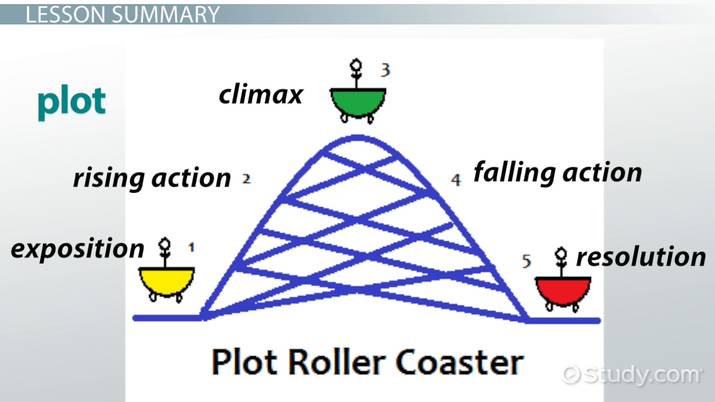Physical Address
304 North Cardinal St.
Dorchester Center, MA 02124
Physical Address
304 North Cardinal St.
Dorchester Center, MA 02124

Contents
When delving into the world of literature, one of the fundamental aspects that captivate readers is the plot of a story. The plot serves as the backbone of any narrative, guiding readers through a sequence of events from the beginning to the end. It is the intricate web that weaves together characters, conflicts, and resolutions, creating a cohesive and engaging storyline. In this article, we will explore the essence of a story’s plot, dissecting its components, structures, and devices that bring tales to life.
At the core of every story lies the plot, a series of events that shape the narrative and propel it forward. The plot is not merely a summary of events but a carefully crafted sequence of causes and effects that interconnect to form the story as a whole. As E. M. Forster eloquently puts it, “The king died and then the queen died” is a story, but “The king died, and then the queen died of grief” is a plot. The inclusion of causality transforms a mere sequence of events into a compelling narrative structure that drives the story’s themes and character development.
For a plot to be effective, it must encompass essential elements that give depth and coherence to the story. These elements include causation, where one event triggers another, characters who drive the plot forward, and conflict, which adds tension and complexity to the narrative. By intertwining these elements, storytellers create a framework that guides the reader through a journey of discovery and resolution.
Plot structures serve as blueprints for organizing the events of a story in a coherent manner. From Aristotle’s Story Triangle to Freytag’s Pyramid and Nigel Watts’ 8 Point Arc, each structure offers a unique approach to shaping the narrative. These frameworks provide writers with tools to build tension, develop characters, and deliver satisfying resolutions that resonate with readers. By understanding and utilizing different plot structures, authors can craft compelling stories that captivate and engage their audience.
Conflict lies at the heart of every compelling plot, driving the story forward and keeping readers invested in the outcome. Whether internal or external, conflict creates tension, challenges characters, and propels the narrative towards its climax. Without conflict, a plot lacks depth and fails to resonate with readers on an emotional level. By embracing conflict and exploring its nuances, writers can infuse their stories with drama, suspense, and meaning, captivating audiences and leaving a lasting impact.
Plot devices play a crucial role in shaping the trajectory of a story and keeping readers engaged. From Aristotle’s plot devices like Anagnorisis and Pathos to modern techniques like Deus Ex Machina and In Media Res, these tools help authors navigate the complexities of storytelling. By incorporating plot devices strategically, writers can enhance the narrative, create suspenseful twists, and deliver satisfying resolutions that leave a lasting impression on readers.
Throughout literary history, certain types of plots have emerged as recurring themes in storytelling. From quests and tragedies to rags to riches and stories within stories, each plot type offers a unique lens through which authors can explore universal themes and human experiences. By understanding these plot archetypes and tropes, writers can craft narratives that resonate with audiences, evoke emotions, and provoke thought, creating timeless stories that stand the test of time.